

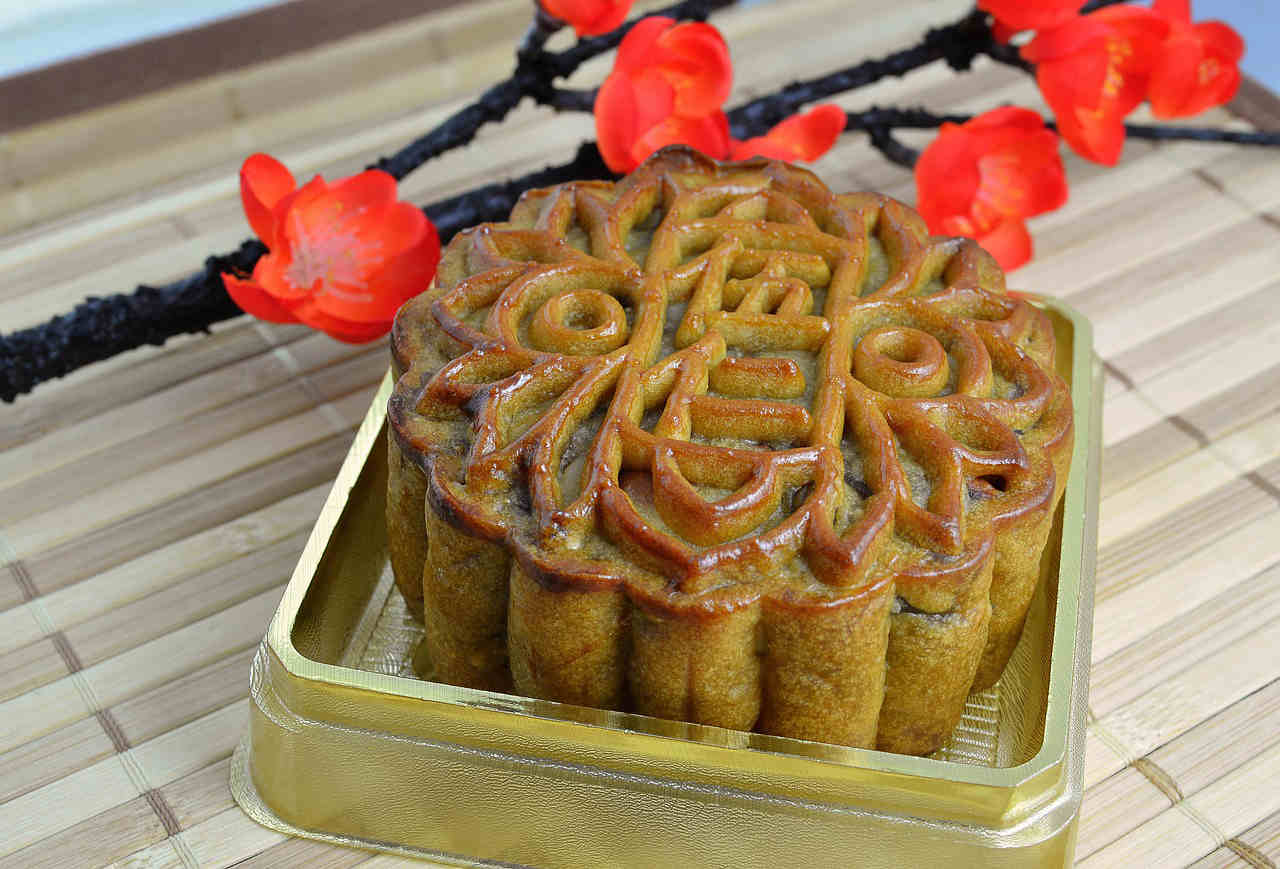
Cuisine
Considered as a harvest festival and a time for gathering the family together, the Mid-Autumn Festival is famous for its round cakes, known as mooncakes. The full moon is a symbol of family reunion, while eating mooncakes and watching the full moon is a crucial part of the festival.
According to Chinese historical records, mooncakes were initially served as a sacrifice to the moon. The word "mooncake" first appeared in the Southern Song Dynasty (1127-1279), and is now the most popular festive food on the dinner table during the Mid-Autumn Festival.
Though most mooncakes appear to look the same, the flavors differ from region to region. For instance, in the northern part of China, people prefer sweet and dense custard fillings with salted egg yolk, red bean paste or nuts, while in the southern regions, people prefer fillings of ham or roast pork. Even the pastry can be quite different. For example, in the northern part of China, the casing is dense and hard, while in Hong Kong, the unbaked mooncake, known as a snow skin mooncake, is the most popular.
In modern times, inventions and new ideas have been added to traditional mooncakes. Some foreign food brands, such as Haggen-Dazs, have even cooperated with Chinese mooncake producers to create new flavors such as vanilla ice cream, or chocolate with blackberries. The traditional cakes are enjoying a new lease of life.
Apart from mooncakes, there is a variety of festival food across China. In Suzhou, Jiangsu Province, people prefer to eat hairy crabs dipped in vinegar and ginger, while in Nanjing, Jiangsu province, salted duck is the most popular festival food.
 |

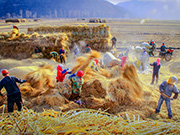 Award-winning photos show poverty reduction achievements in NE China's Jilin province
Award-winning photos show poverty reduction achievements in NE China's Jilin province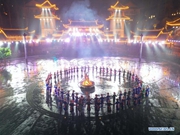 People dance to greet advent of New Year in Ameiqituo Town, Guizhou
People dance to greet advent of New Year in Ameiqituo Town, Guizhou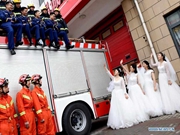 Fire brigade in Shanghai holds group wedding
Fire brigade in Shanghai holds group wedding Tourists enjoy ice sculptures in Datan Town, north China
Tourists enjoy ice sculptures in Datan Town, north China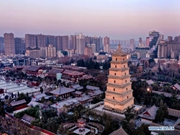 Sunset scenery of Dayan Pagoda in Xi'an
Sunset scenery of Dayan Pagoda in Xi'an Tourists have fun at scenic spot in Nanlong Town, NW China
Tourists have fun at scenic spot in Nanlong Town, NW China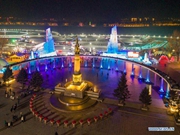 Harbin attracts tourists by making best use of ice in winter
Harbin attracts tourists by making best use of ice in winter In pics: FIS Alpine Ski Women's World Cup Slalom
In pics: FIS Alpine Ski Women's World Cup Slalom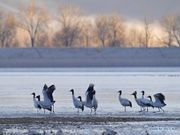 Black-necked cranes rest at reservoir in Lhunzhub County, Lhasa
Black-necked cranes rest at reservoir in Lhunzhub County, Lhasa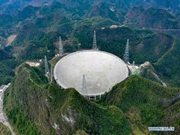 China's FAST telescope will be available to foreign scientists in April
China's FAST telescope will be available to foreign scientists in April